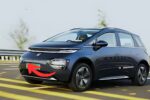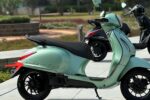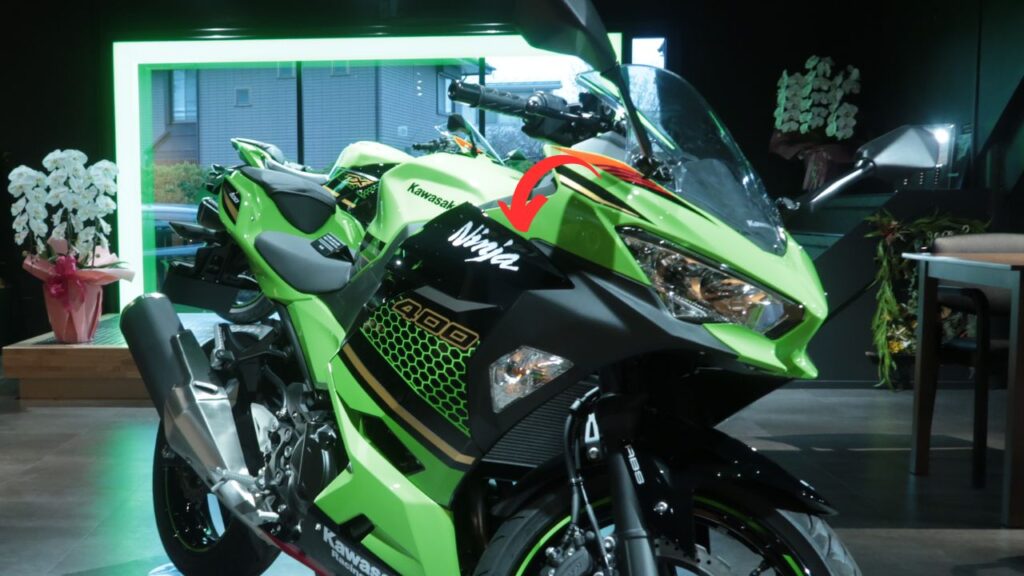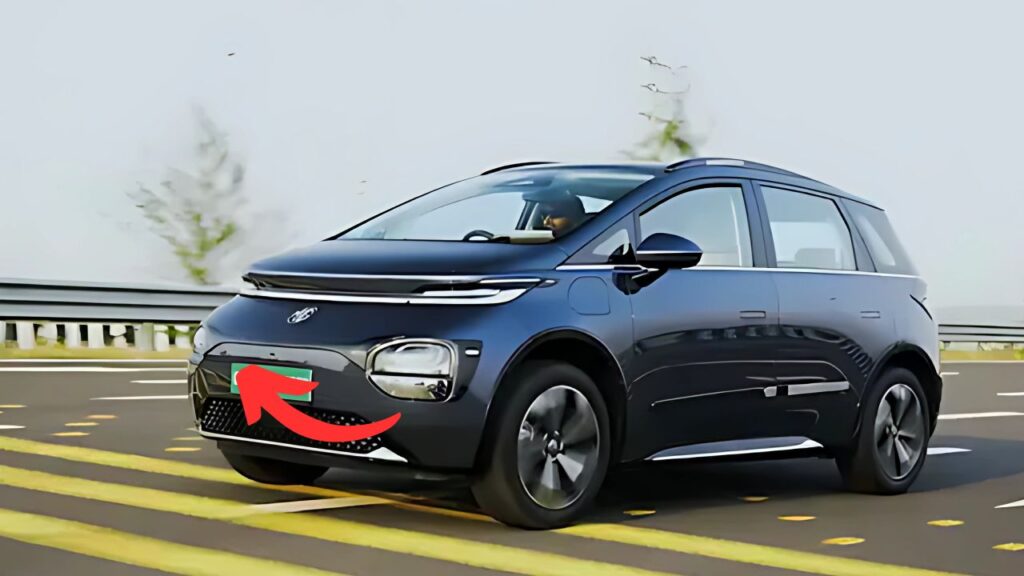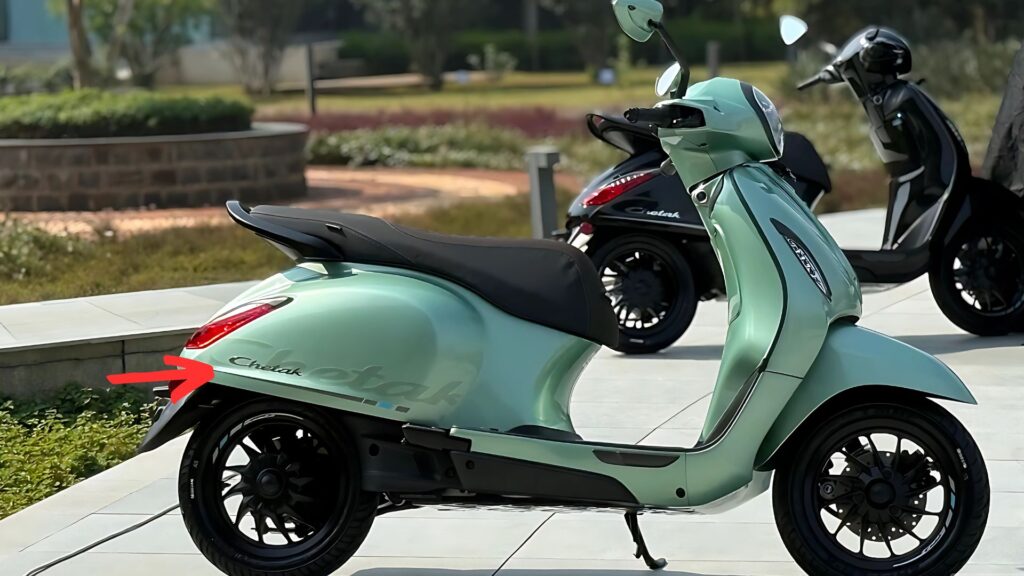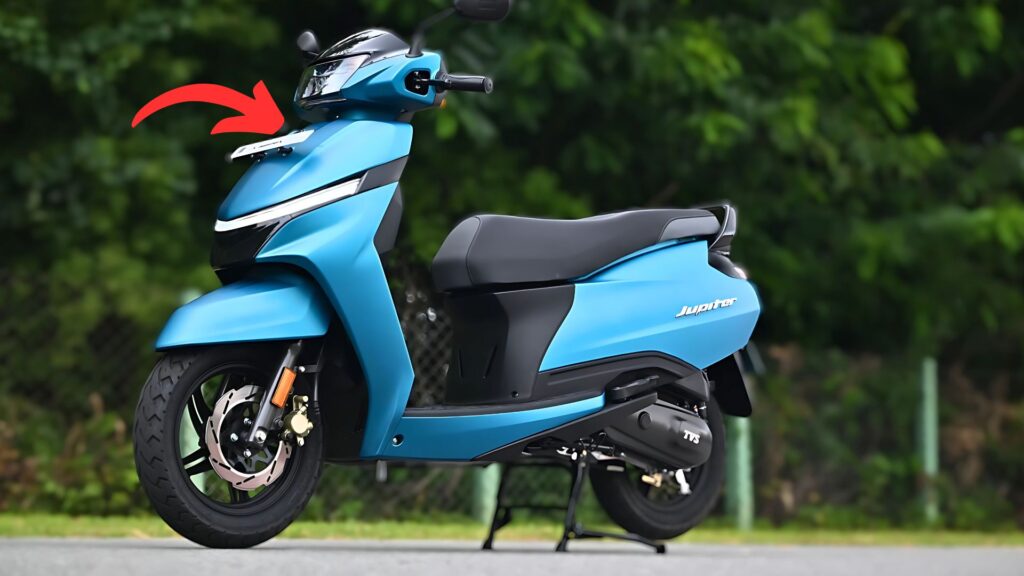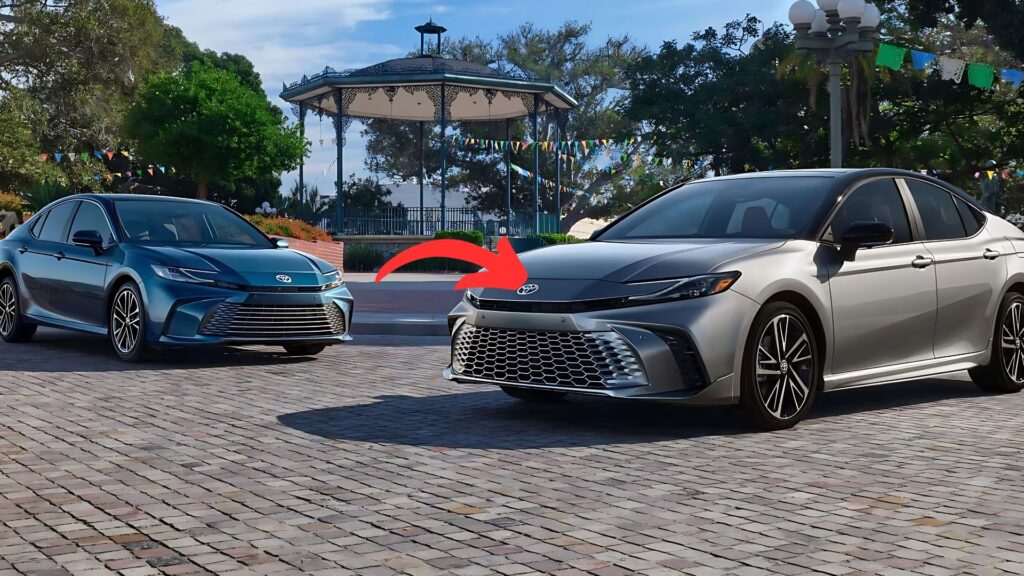It’s refreshing to have such a buzz return to the auto landscape, increasingly crowded out with cookie-cutter shapes and generic silhouettes. The Tata Sierra, a moniker that’s withstood the test of time, is coming back with a bang and, unlike early murmurs, for less than what many expected it would cost.
Table of Contents
Bringing a Classic Back for the Times We Live In
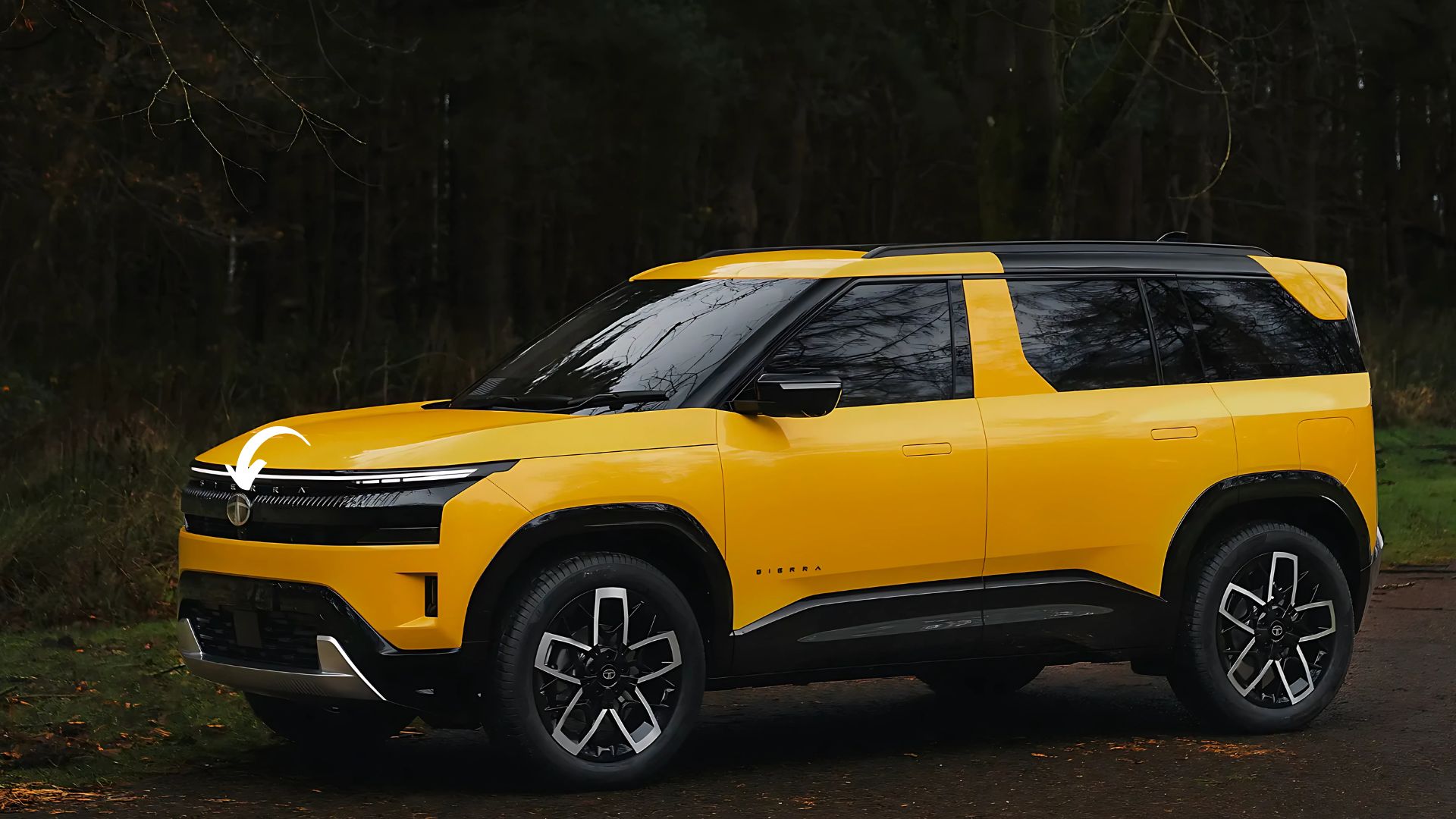
The original Tata Sierra stood out in the ’90s, thanks to its rear section that was full of glass and tough-guy appearance. This popular classic is now being relaunched as a fully electric (EV) and combustion engine (ICE) model, providing customers the opportunity to choose the car that best represents the pioneering heritage of the model. The Sierra is expected to be one of the biggest launches from Tata yet, with the EV due to enter the market first, closely followed by the ICE in latter half of 2025.
So, what makes this resurrection interesting is Tata’s willingness to bring back this nameplate for not so much the fare-hard Tata enthusiasts, but also to a wider audience. Premium placement was the general assumption, although recent industry muttering has hinted otherwise.
The Pricing Puzzle
Lots of price rumors have been generating a lot of buzz and confusion in the automotive community. Tata Sierra EV prices and launch date Some reports suggest that the Tata Sierra EV could come with an entry-level sticker price of just ₹15-20 lakh, which, if true, could make it a phenomenal value-for-money proposition in the burgeoning electric SUV market.
But most analysts of the industry propose a more realistic range. While EV Sierra is likely to be priced between ₹22-25 lakhs, the ICE version may be priced little lower. That would still be a great price for what the model is expected to offer and the nostalgia it is likely to offer.
The wide price estimates are indicative of Tata’s strategy of seeking feedback from the market while freezing production details. What is coming into focus, though, is that the Sierra won’t simply be an entrant that competes for high-end buyers—instead, it may succeed by wooing mainstream crossover buyers who want something special.
Design Evolution: Respecting the Past, Looking Towards the Future
What really sets the Sierra apart is the approach to its design. Unlike so many other “retro” revivals that pay only lip service to their roots, the new Sierra is truly based on the original, but isn’t afraid to look to the road ahead.
The outside will get LED light bars on the front as well as back with modern LED headlamps, stylish DRLs and big diamond cut alloy wheels. Most importantly, the iconic glass roof will remain, while being updated to meet today’s safety standards.
The profile is still that unmistakable boxy box, but now comes replete with modern touches, such as flush-fitting door handles and sleeker proportions. It’s evolution, not revolution, as a masterclass — a homage to the passionate Sierra crowd Wantagh drew, and an appeal to a new generation.
Loaded Without Breaking the Bank
But whatever its price of admission may be, the Sierra will definitely not want for technology and amenities. On the inside, we can assume to see a panoramic sunroof, four-spoke steering wheel with an illuminating logo and a fully digital instrument cluster. Other likely features are going to be ventilated front seats, connected car technology, dual-zone climate control, premium sound system, wireless charging and a cooled glovebox.
None of that comes at the expense of safety, either. The Sierra would likely feature up to seven airbags, ADAS, ABS with EBD, a reverse parking camera, rear parking sensors, stability control- and seat belt reminder- and more.
Propulsion Choices: A Little Something for Everyone
The Sierra’s powertrain options are another of its ‘secrets’–one more base V6 and a new 6.2-liter V8 this year up the power anti, while two more new V8s enter the lineup for 2014. The ICE version will be powered by a 2.0-litre diesel and a 1.5-litre turbo petrol engine. The EV version on the other hand, could use a massive 60-80 kWh pack and could even come with an AWD drivetrain.
Claimed range of the electric Sierra is ambitious, with a claimed figure “of greater than 500 km” – aspiring to cure range fear that has so far put off many potential adopters of EVs. If realized, this would make the Sierra EV one of the most capable electric vehicles in its class.
Market positioning: Finding its niche
The Sierra isn’t going to exist in a vacuum. In the EV segment, it will rival the Mahindra BE 6, Mahindra XEV 9e, Hyundai Creta Electric, and BYD eMAX 7. On the other hand, the ICE version will jump into the hotly-contested compact SUV category, rivaling the Hyundai Creta and Kia Seltos.
But the Sierra has something its competitors can’t ever have—true legacy and an emotional pull. It’s a human feeling for many buyers, particularly those who harbour warm nostalgia for the original, and this emotional tug might very well be a key sales point.
The reality of production vs. the promise of concept.
You know the drill: Concept cars so often offer more than production cars ever deliver. But now the Sierra doesn’t look too far off the concept. The near production vehicles that we saw at the 2025 Bharat Mobility Expo showed a car that was very true to the sexy concept.
Tata Sierra (Production Ready) The production version of the Tata Sierra featured at the expo comes with an upright fascia with a huge LED light bar running across the width of the front, vertically stacked headlamps, a faux skid plate as well as rectangular inserts located just below the upright squared front bumper. It shows that Tata wants to follow through on the visual potential that had excited us so much when we first encountered the concept.
The Waiting Game
As fans wait for the Sierra EV, which should be coming out around August 2025, the excitement continues to grow. The phased launch approach -EV first, ICE next- is Tata’s way of reaffirming itself on the electrification roadmap, while simultaneously admitting that most folks out there aren’t quite ready to make the electric jump.
It’s worth noting, too, that this patient approach offers Tata the advantage of being able to perfect either to the best of its ability, without having to rush either to production. It’s a potential frustration for eager fans, but if it leads to a better game with something more concrete to say in terms of distinct character and accessibility, then nobody’s going to grumble.
New Era in the Indian Automotive Story
There is more at stake than a produce launch for Tata Motors in the return of the Sierra. It encapsulates the evolution of the Indian automotive industry — it can finally not only make competitive cars but also cars with genuine character and emotional appeal.
And if Tata can actually offer the Sierra at the speculated prices, it will prove that timeless design and rich legacy doesn’t have to come with an astronomical price tag attached. In so doing, they could rewrite implicit assumptions about what real value is in the 21st century automotive marketplace.
The return of the Sierra is, at the end of the day, nothing short of a proclamation: that value and aspiration can marry each other, that history and novelty can actually hug and make up, and that our automotive legacy isn’t anything to be ashamed of, that its exactly why you should be proud to stand behind designs that revive, rework and reinterpret what we have rather than trying to copy and paste from what’s elsewhere. Just to watch its launch will be worth it for those reasons alone — no matter what price tag the final product bears.


